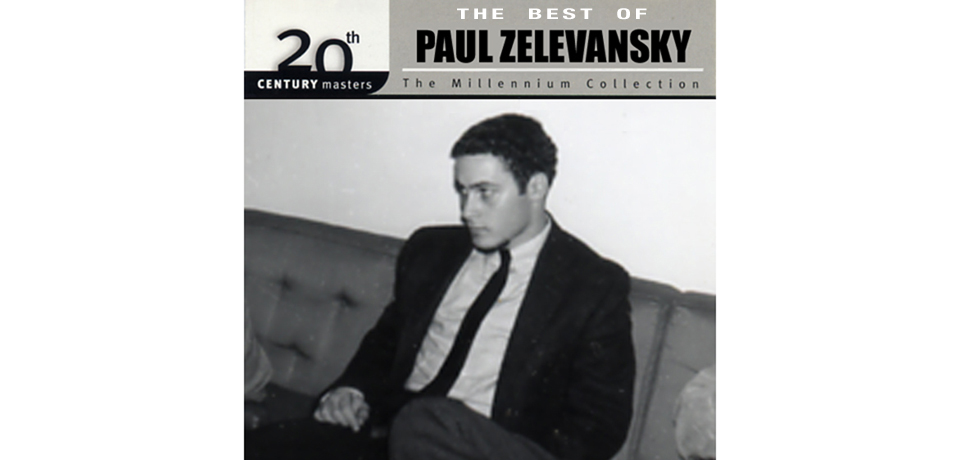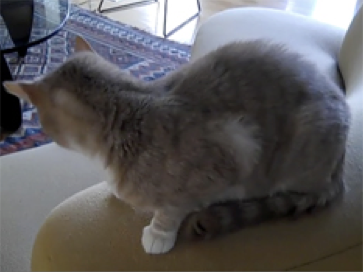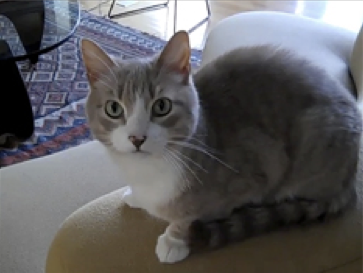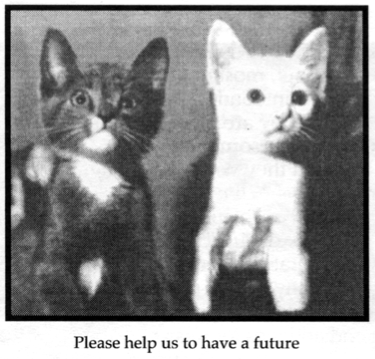I was married in my early twenties and since that time my wife and I have always had pairs of cats in the house. The lone exception to this family grouping was a scrawny black and white stripped cat named Schwitters, after the Swiss Dadaist. One summer we took a road trip to Nova Scotia and Schwitters was (mostly) happy to sit in the back seat attached to a long leash, eating cat treats and the occasional hand-delivered fried clam. During a one-night stand in Canso Bay, she become pregnant and her eventual litter, delivered back home in Brooklyn, started the sequence of cat pairs. We gave away four of the kittens to friends and kept Thomas Jefferson for ourselves. The rest is history.
There are several words in the previous paragraph which suggest that most of the critical thinking and evaluating in the human/cat relationship is provided by the human. Culturally specific names like Jefferson and Schwitters, the reduction or elevation of cat sexuality to a “one night stand,” the notion of an entwined people/cat family history are all projections of human ideals and sentiments about identity, desire, and family. Cats do have distinct personalities though, and in pairs do relate to each other as friends and rivals. Further, the longer they live within a household they become part of it, and play sometimes memorable roles as observers and participants in everyday and holiday rituals. Cats are also cute, soft, and endearing like a stuffed animal with a heartbeat.
Jefferson would climb into the middle of wrapping paper and ribbon on gift-giving occasions; Schwitters used to like to listen to the telephone dial tone and so routinely knocked telephones off their receivers, so we had to cover our desk phones with metal reflector shades. Did she have a sense of humor, or an affinity for repetitive bass sounds? Well, she was named for a Dadaist. Our two current cats–siblings from a Los Angeles cat rescue shelter–are named Pom and Flora after two of Babar the elephant’s children; thus we double down on sentimental associations as the Babar books were beloved when our children were small. Pom and Flora routinely drop their cat toys (stuffed mice, tigers, bears) on our bed after letting out piercing cries, which we assume reenact now domesticated cat hunting rituals. While the cat’s toys could also be described as cute, we feel no sympathy for their dismemberment, and accept our cats hunting as gratitude for feeding and housing them. This deepens the sense of obligation to their care. We are loved!
But then, however they may appear somewhere between stuffed animals and jungle beasts, cats also die. The two who preceded Pom and Flora, Pippi and Olive, both died in my presence. Pippi who had a serious bladder problem was “put to sleep” in a veterinarian’s office. Whatever a cat is to us, to feel the life flow out of its body is existentially chilling. Olive, after months of illness from diabetes during which I gave her daily insulin shots, finally stopped eating and caring for herself. She was so weak that one night I placed her inside a favored cat tunnel and figured if she didn’t die on her own, I would put her down the next day. I found her in the morning stiff and cold in the tunnel. On the scale of human tragedy, the loss of a pet cannot rank that high–they are after all highly pampered guests who pay their way with acts of affection and idiosyncrasy, and have a lot of time to sleep off their labors–but they become part of our history and so an intimate piece of our past dies with them.
The above video still of Pom, taken with my Flip camera, suggests his attentiveness to my presence, but beyond that what can be read in his eyes? He is looking at me (and the camera) and, by extension, the viewer, but what does he see? Is this recognition, an engagement with memory and interpretation, or just a response to something going on: entertainment in the world, no different than watching a squirrel in the tree outside the window? I would like to believe that Pom “cares” it is me, and that we have a relationship of sorts: I scratch between his ears, he sleeps on my legs for warmth, I chase him around a chair just to annoy him. But I also know that such sentiments can be put aside when for example we have to leave the cats in the care of a cat sitter when we travel. Does this exchange of need shut down as long as food and water appear on schedule? Out of sight out of mind as is sometimes the case with people.
This photo from a fund-raising brochure from the Lange Foundation, the shelter where we adopted Pom and Flora, carries both the intensity and absurdity of the human/cat relationship. While deeply manipulative in its effort to create a sense of responsibility for unnamed cats who may in fact already “have a future,” it exhibits the power of the cat’s gaze–needy, cute, vulnerable–but maybe a little disdainful and impatient as well? Look we need each other so could you hurry up and help us out? There’s something in it for both of us.
(PZ, January 2011)




